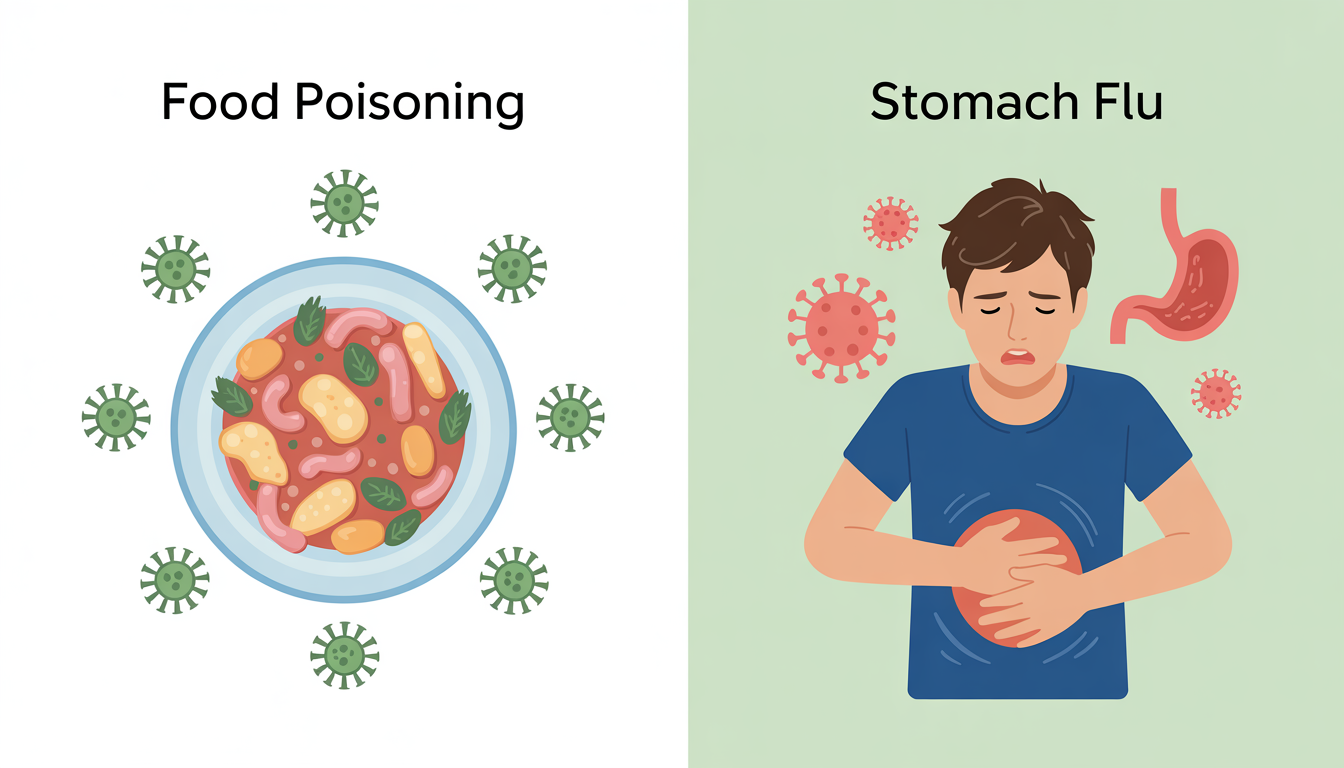What Happens When Cream Cheese Sits Out for Too Long
When sitting at room temperature, bacteria present in cream cheese or in the surrounding environment can quickly multiply. If you consume cream cheese that has been sitting out for too long, you may unknowingly consume dangerous bacteria that could make you seriously ill in the hours, days, or weeks ahead. The following bacteria can grow on cream cheese:
- Salmonella
- E. Coli
- Listeria
- Staphylococcus aureus (Staph)
- Shigella
- Botulism
Cream cheese left out at room temperature for longer than two hours will soften. Though it won’t immediately spoil, the longer it sits out, the higher the risk. Pathogenic bacteria may be present even if the cream cheese looks, smells, or tastes good.
Side Effects of Eating Bad Cream Cheese
Cream cheese typically takes on unpleasant odors and may even become moldy if it goes bad. These signs of spoilage are enough to deter most people from eating it. Spoilage usually happens when cream cheese is left out or stored in the refrigerator for too long. Eating spoiled cream cheese can lead to the following symptoms of foodborne illness:
- Nausea and vomiting: You might feel persistently nauseous and could experience repeated bouts of vomiting after consuming contaminated cream cheese.
- Diarrhea: Consuming spoiled cream cheese can result in diarrhea, which may be watery or, in more severe cases, contain blood or mucus.
- Dehydration: If vomiting and diarrhea continue, dehydration can occur, leading to symptoms like dizziness, a dry mouth, and reduced urine output
- Fever: A fever may develop as your body works to fight off the bacteria in the contaminated cream cheese.
- Stomach pain and Cramps: It's common to feel pain and cramping in your abdomen, often accompanied by bloating and diarrhea.
- Headaches and muscle aches: Food poisoning can trigger headaches, muscle soreness, and a general sense of weakness or fatigue.
The symptoms you experience will vary based on the type of bacteria that contaminated the cream cheese. The microorganisms that cause spoilage are not always the same as those that cause food poisoning, but they can still lead to illness in vulnerable people.
Most cases of food poisoning resolve on their own within a few days following infection. However, in severe cases, you could suffer more serious consequences, including permanent organ damage, paralysis, or death.
If you are pregnant, over 65 years old, or have a compromised immune system, you should avoid consuming unpasteurized cream cheese, which may harbor Listeria. Pregnant women have a high risk of contracting Listeria and passing it to their unborn child. It can cause severe illness and even death in the fetus or newborn. Listeria can multiply in and out of the refrigerator.
How Long Can Cream Cheese Frosting Sit Out?
How to Safely Store Cream Cheese
According to the USDA, you can safely store cream cheese in the refrigerator for up to two weeks. The pathogens that multiply while cream cheese is stored at room temperature can also survive high heat.
Remember, you cannot make cream cheese safe by heating or cooling it after it has been left out for longer than two hours. In other words, if you have left cream cheese out for too long, do not refrigerate or freeze it. Your only recourse is to throw it away.
When storing cream cheese, avoid placing it in the refrigerator door. This section of the refrigerator is warmer than other sections, and it should be reserved for less perishable foods. Keep the cream cheese sealed in the back of the fridge and avoid cross-contamination with other foods.
Cream Cheese Outbreaks
There have been no widespread food poisoning outbreaks associated with cream cheese in recent years, but cream cheese manufacturers have recalled some of their products in response to finding dangerous foodborne pathogens.
In 2024 ALDI recalled cream cheese spreads from their stores in 28 states, due to a possible Salmonella infection.
In 2021, Interstate Food Products voluntarily recalled Little Hatch’s brand of Jalapeno Cream Cheese after the FDA detected Listeria monocytogenes in 23 of the 149 products it sampled. The recalled products were sold at Whole Foods, Natural Grocers, and Lucky Market in numerous states in the Rocky Mountain region.
In 2018, Panera Bread issued a nationwide recall of its two-ounce and eight-ounce tubs of cream cheese after finding Listeria in samples of the products.
Cream Cheese Consumer Awareness
Consumer awareness is critical to ensuring safety when consuming packaged dairy products. Staying informed will empower you to make choices that prioritize health and protect you from foodborne illnesses when purchasing cream cheese.
It all begins with following safe food best practices, such as inspecting packaging for a tight seal and ensuring products have been refrigerated properly at the store. Understanding labels is also important. Consumers should look for expiration dates, storage instructions, and allergen information to make informed decisions.
Additionally, investigating the origins of the cream cheese you buy, including the manufacturer’s reputation for safety and quality, can help you and your family safe. Staying vigilant helps consumers avoid products that may have been mishandled, reducing the risk of foodborne illnesses.
Remember, the importance of food safety practices also extends to home storage and preparation practices. Always keep cream cheese refrigerated and handle it using clean utensils to prevent cross-contamination.





